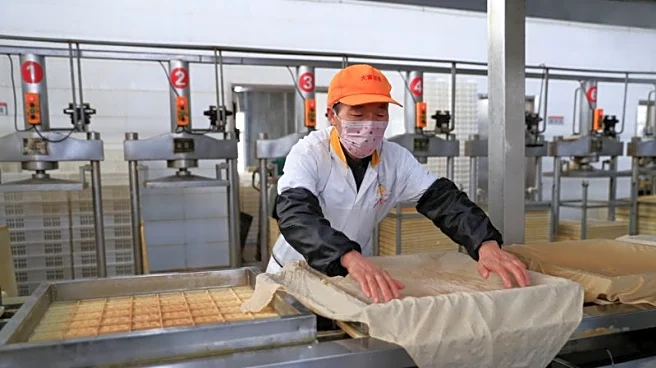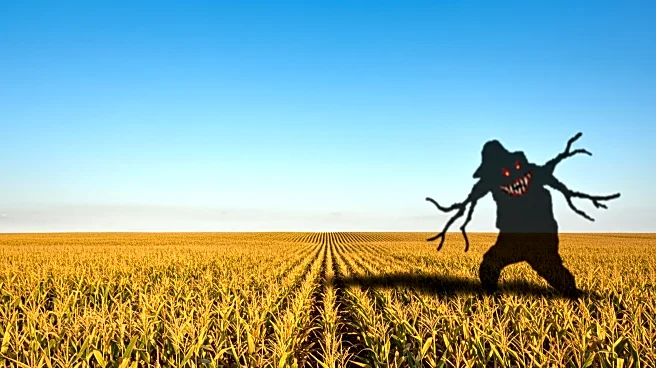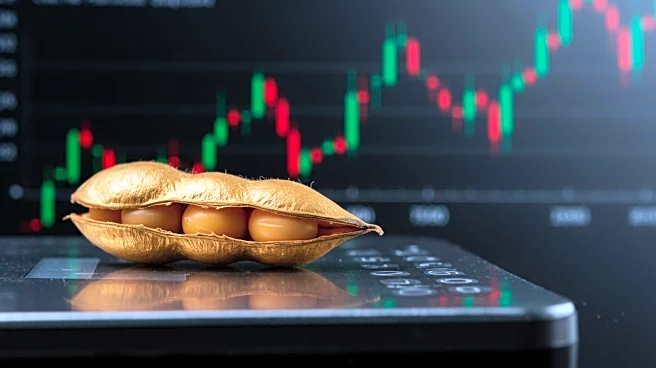Rapid Read • 7 min read
Recent market data indicates that December corn prices have experienced a slight increase, closing at $4.12¼ per bushel. This rise is attributed to strong wheat prices, expectations of tighter corn supplies, and a firm demand tone. The Grain Market Insider newsletter highlights that while corn futures closed slightly higher, soybeans faced challenges due to concerns over a delayed trade deal with China. Comments from China over the weekend emphasized 'rampant' U.S. protectionism, raising doubts about the potential for a trade agreement. Additionally, the Pro Farmer Crop Tour estimated the U.S. corn crop yield at 182.7 bushels per acre, which is below the USDA's earlier estimate of 188.8 bushels per acre. This discrepancy is attributed to factors such as dryness and disease affecting crop yield potential.
AD
The fluctuations in corn prices are significant for the U.S. agriculture industry, as they reflect broader market dynamics and potential supply constraints. The lower yield estimates from the Pro Farmer Crop Tour suggest that the corn market may have already priced in the expected crop size, allowing it to focus on demand factors. This situation could impact farmers, traders, and consumers, as changes in supply and demand dynamics influence market prices. Additionally, the ongoing trade tensions with China could further affect agricultural exports and market stability, potentially leading to economic repercussions for stakeholders reliant on these trade relationships.
As the market continues to respond to yield estimates and trade developments, stakeholders will be closely monitoring the USDA's upcoming field sampling, which may provide further insights into crop conditions. The outcome of trade negotiations with China will also be pivotal in shaping future market trends. Farmers and traders may need to adjust their strategies based on these developments, while policymakers might consider measures to mitigate the impact of trade tensions on the agricultural sector.
AD
More Stories You Might Enjoy











